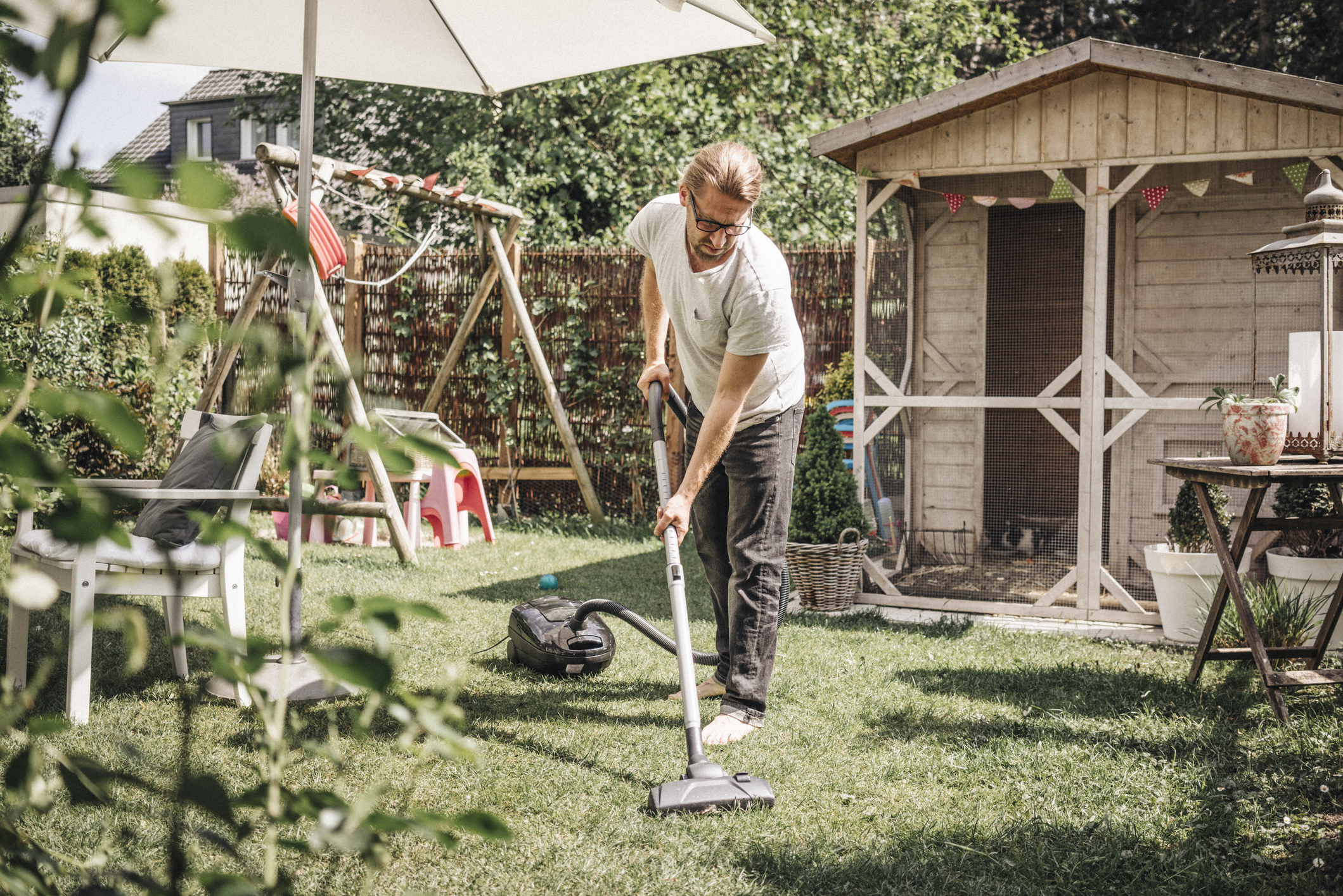Why You Need to Design with Misuse in Mind

If to err is human, then to assume everyone will use a product exactly as it was intended is one of the most human things you can do.
It doesn’t matter how smart we think we are. Eventually, we’re going to make a mistake. Whether that’s due to human error, a poorly designed product, or some combination of the two, the sooner you accept that use error is inevitable, the sooner you can attempt to counteract it.
Now, just to be clear, when I say “counteract,” I’m not referring to drastically changing the users’ behavior. That would be, well, quite a task. Rather, the goal of designing for misuse is making sure your product still functions within a certain allowance of abnormal behavior.
NOT ALL MISUSE IS CREATED EQUAL
Why is anticipating and preventing misuse important? Because some products can have incredibly negative outcomes when used improperly.
It’s one thing if you incorrectly open a Tic Tac container or use the bottom drawer of your oven as extra kitchen storage. It’s another thing entirely if a sleep-deprived doctor uses a life-saving medical device in an unintended way.

The more critical a product is, the more time and energy should be put into its design to ensure that these sorts of accidents never happen.
THREE TIPS FOR DESIGNING PRODUCTS WITH MISUSE IN MIND
So, how do you go about designing a product to work in ways it wasn’t intended? Here are three approaches that work well for the human factors engineering experts at Kablooe.
1. CONDUCT USER RESEARCH TO ANTICIPATE MISUSE
If you’ve ever tried to edit your own writing, you’ll know how easy it can be to let a blatant error slip right under your nose, even after countless read-throughs. The same is true for product design.
No matter how hard you try, you can’t unteach your brain how your product works. You’ll find yourself skipping right over obvious design flaws because you simply know not to fall for them.
That’s where user research comes in. Having individuals who are completely uninvolved in the project take your prototype for a spin is the best way to identify the kinks.
Just be sure to let them test the product in as real a scenario as possible. They’re far less likely to uncover any significant issues when stuck in a rigid, supervised environment.

2. SIMPLIFY YOUR PRODUCT DESIGN AS MUCH AS POSSIBLE
It should come as no surprise that the more difficult a product is to use, the greater the chance for error. While obviously not every product can be as simple as a doorstop or a one-button stopwatch, there is often a lot of room for improvement when it comes to ease of use.
Speaking of ease of use, that concept is entirely relative to your audience. Designing a toy for a toddler is a lot different than designing a medical device for a neurosurgeon.
When designing your product for simplicity, ask yourself the following questions:
· Intuitiveness: Does each control do exactly what the users expect it to?
· Clarity: Is every operation clearly and concisely labeled/explained?
· Redundancy: Can two similar controls or functions be combined in any way?
3. DEPLOY AMPLE SAFEGUARDS FOR THE END-USER
Now that you’ve done everything you can to predict and prevent misuse, it’s time to prepare your product to deal with the errors that—despite your best efforts—are still likely to occur.
The best way to do this is by communicating with the user when they’re about to commit such a fault. If you’ve ever gotten the classic computer message below, then you know exactly what we’re talking about.

The more difficult (or impossible) it is to undo a particular action, then the more steps should be involved in performing that action.
CREATE PRODUCTS PEOPLE LOVE (AND USE CORRECTLY) WITH HELP FROM KABLOOE
Are you in the process of designing a consumer or medical device? Whether you’re just getting started or headed back to the drawing board, it may be time to turn to the usability experts at Kablooe Design.
From user research and creative ideation to human-centered design and engineering, the team at Kablooe has a vast toolbox of expertise that we can leverage on your behalf. Contact us today to discuss the design needs of your product.
